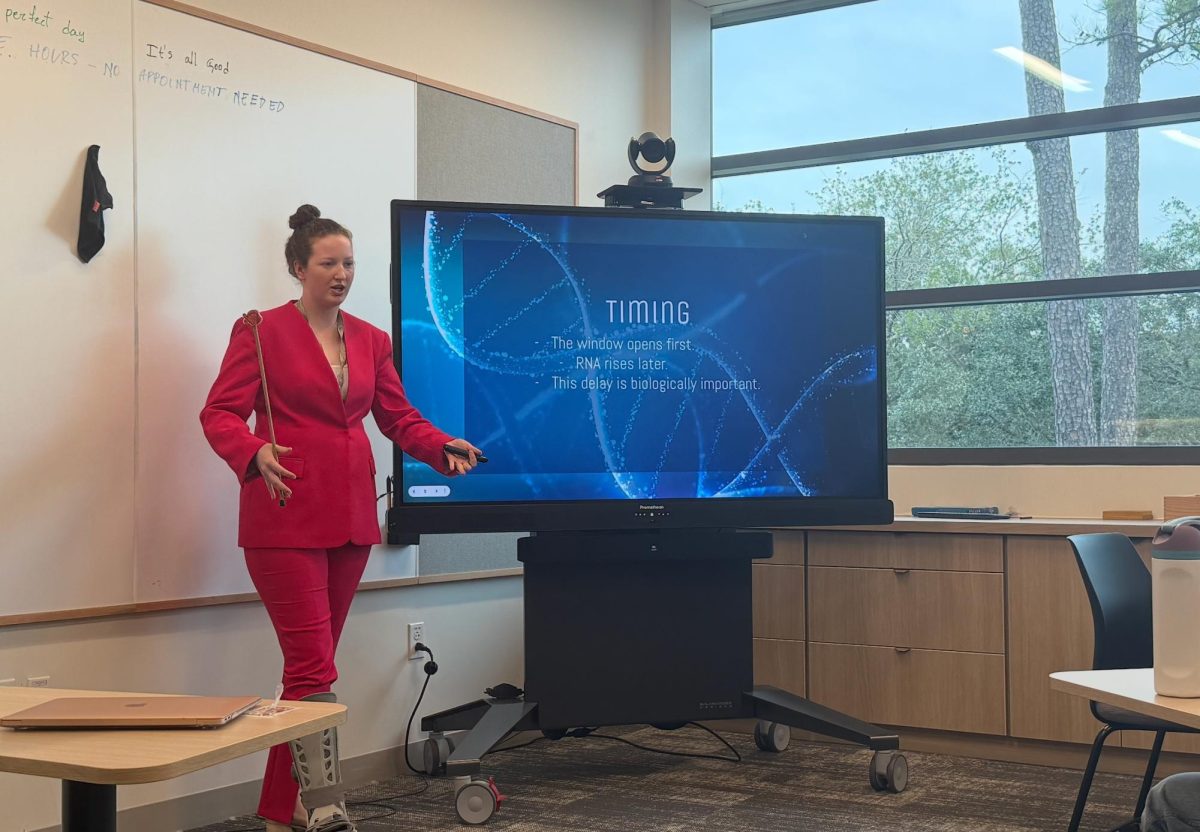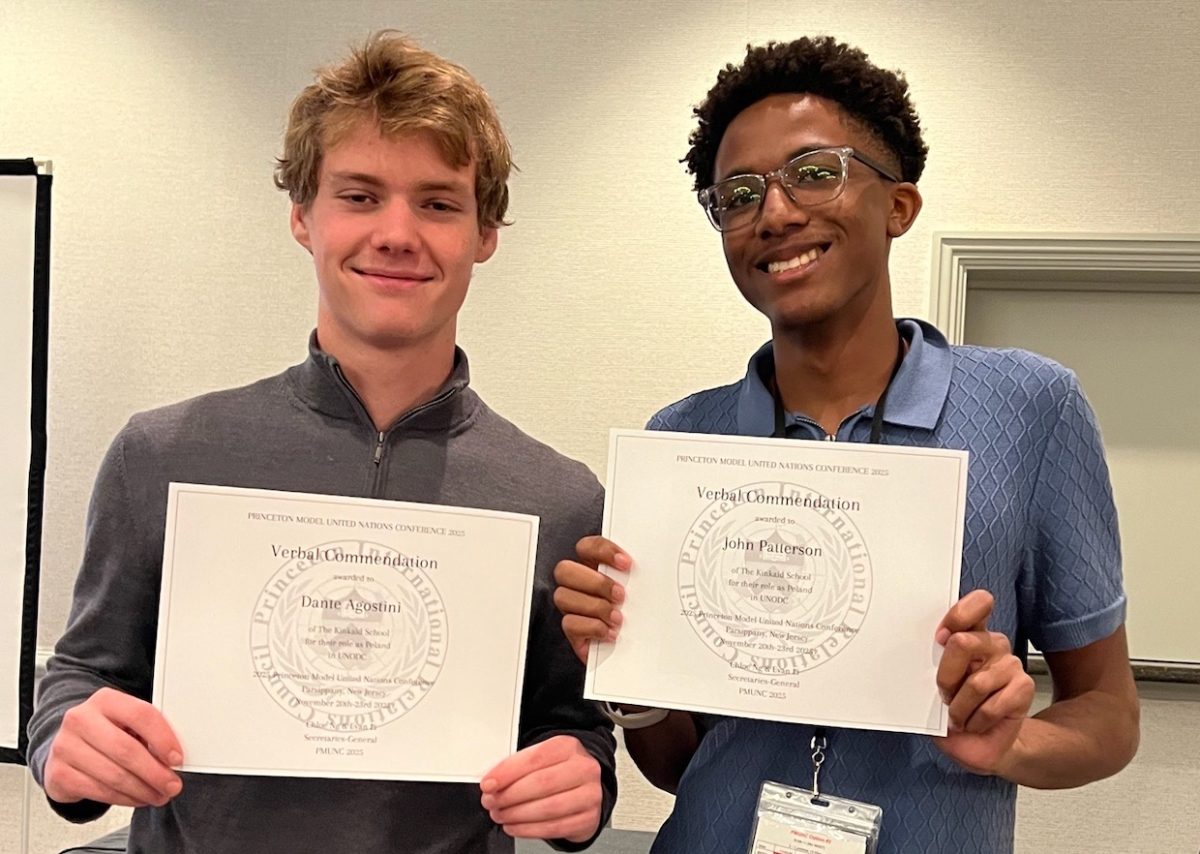[dropcap]N[/dropcap]early one in five of all American boys will be medically diagnosed with attention deficit hyperactivity disorder (ADHD) by the time they high school age. Shocking right? Well, even more astonishing is that 11 percent of all American schoolchildren between the age of 4-17 (6.4 million) were diagnosed with ADHD, according to data from the federal Centers for Disease Control and Prevention. These astounding rates reflect a pattern of continual growth in ADHD diagnoses in America over the past decade, which constitutes a 41 percent rise.
About two-thirds of those with a diagnosis receive prescriptions for stimulants Ritalin, Adderall, Vyvanse, and Concerta. These stimulants help those that do suffer with ADHD, but can also lead to addiction, anxiety, and occasionally psychosis. According to a 2013 University of Michigan study, Adderall is the most abused brand-name drug among high school seniors.
Many doctors have attributed this rise as evidence that we now better understand the symptoms of the disorder (inattentiveness, impulsivity, disorganization, etc.). However, many others have argued that these numbers in fact suggest that millions of children have been misdiagnosed and may be taking this medication to simply to calm their behavior or perform better academically.
Other possible factors that have been cited leading to this increase include pressure from parents to help their children’s grades or behavior, too many video games, too much sugar, and pharmaceutical companies pushing ADHD drugs. Many people believe that medication should be the first treatment, while others argue that behavioural therapy and herbal treatments should be used first.
“Those are astronomical numbers. I’m floored,” said Dr. William Graf, a pediatric neurologist in New Haven and a professor at the Yale School of Medicine in The New York Times. “Mild symptoms are being diagnosed so readily, which goes well beyond the disorder and beyond the zone of ambiguity to pure enhancement of children who are otherwise healthy.”
“People without a diagnosis of ADHD should not be taking ADHD medication. ADHD medications are controlled substances. There are side effects with all medications, and taking ADHD meds without monitoring the side effects can lead to major health complications or possible drug interactions,” Kinkaid Learning Specialist Ms. Shannon Terrill said.
So, how do these staggering ADHD numbers in America compare to other countries? Is this rise simply a product of the increasing educational competition worldwide?
Well, when comparing the U.S. numbers to those of Finland, a country that consistently receives higher achievement scores in each subject, the results are very telling. The ADHD medication rate for school age children was 0.123 percent. This begs the question if all of this medicating of the youth is truly helping American students learn better as the U.S. rankings continue to drop.
At Kinkaid, students with ADHD must follow certain procedures to be eligible for testing accommodations. The psycho-educational testing required to be must be performed by a licensed psychologist and reviews students’ full educational, developmental, and medical history, a complete measure of achievement, and teacher feedback.
“Functional limitations must be described and there must be clear evidence of a clinically significant impairment in an academic setting. Every testing report with a diagnosis of ADHD only goes directly into review to determine which, if any accommodations are needed,” Ms. Terrill said.
The number of students at Kinkaid with ADHD has followed the national trend over the past decade. While the exact percentage of students with ADHD cannot be released as that information is protected as medical records, there is certainly a notable portion of the student body that has been diagnosed. Another effect of this confidentiality is that any accommodations used on standardized testing are not released to colleges during the application process.
“It seems like more and more kids have extra time every year. Sometimes I feel like at least half of our grade has some type of accommodation,” Sarah Bass (12) said.
For Upper School students with ADHD, Kinkaid has one full-time Learning Specialist and one part-time Learning Specialist available to work with students individually, their parents, and teachers. While not all students with ADHD qualify for testing accommodations, many students receive time and a half or double time on exams.
While Kinkaid students are fortunate to have access to such an accommodating and supportive approach, many other schools do not have such systems in place for students with ADHD.
“Teacher training and education are [key]. There are numerous classroom accommodations and strategies that can be implemented to help students with ADHD be successful in a classroom setting,” Ms. Terrill said.
One of the leaders in the field of ADHD research is child psychiatrist and author of best-selling books Dr. Ned Hallowell. While Dr. Hallowell still believes that many children with ADHD are left untreated, he said the rising rates demonstrate that the diagnoses has been handed out far too freely, potentially endangering children.
“I think now’s the time to call attention to the dangers that can be associated with making the diagnosis in a slipshod fashion,” he said. “That we have kids out there getting these drugs to use them as mental steroids — that’s dangerous, and I hate to think I have a hand in creating that problem.”








